Stories: Living with Tetralogy of Fallot
Tetralogy of Fallot is a birth defect that affects normal blood flow through the heart. It is made up of four defects of the heart and its blood vessels. To learn what it’s like to live with this condition or how families are affected, read these real stories from people living with Tetralogy of Fallot.
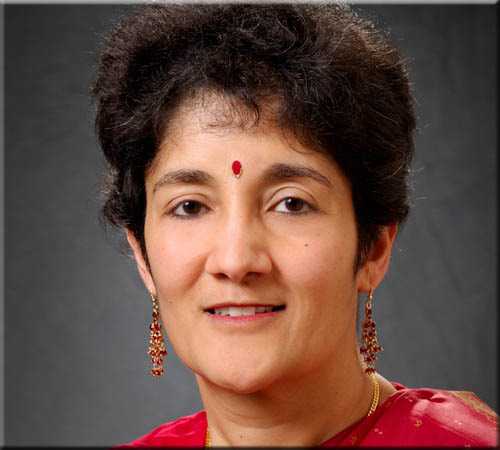
Asha’s Story
Asha was born with a critical congenital heart defect (critical CHD), during a time when open heart surgeries in India were unheard of. Read her story below of how she exceeded all expectation for survival and how she is now one of the pioneering adults living with a critical CHD.
Here is my incredible journey as a congenital heart patient. I was born with four defects in the heart called tetralogy of Fallot, commonly known as “blue baby”. In the 1960s in India, open heart surgeries were unheard of. Uncorrected, this condition rarely survives into adulthood. At age 4, I had a procedure to help my blood bypass the problems in my heart, which helped me attend school. Trying my best to be “normal” despite a long “do-not-do” list, I completed high school. I had a growth spurt at age 15, and my student life came crashing down, as daily school attendance became a challenge. In 1976, I was given a 5% chance of survival for an open-heart surgery. The decision was momentous both to me and my family. The 8-hour surgery involved not only correcting the defects, but also fixing what had been done in my previous procedure. The result of the surgery was unknown for about 72 hours, but I pulled through with only a scar infection as a complication. A three month stay in the hospital was followed by a year of a salt-free diet and no school.
Having survived the open-heart surgery (called total correction), I became a medical example. My spirit demanded an unusual education. With the doctor’s permission, I opted to become a software engineer, and took up a career in information technology. I met a man who was brave enough to take me on for a spouse, and we moved to Scotland where I began a Master’s program. Thirteen years after the open-heart surgery, a new murmur led to the discovery of the results of the initial procedure coming undone. I was shuttled to Glasgow to a pediatric surgical center to fix it.
In 1992, we moved to the US and in 1997, I had a daughter – a 32 week preemie. Motherhood and pregnancy took a toll and by 2002, I began to feel breathless and exhausted. My pulmonary valve needed to be replaced. Again, it was yet another pediatric hospital and pediatric heart surgeon who fixed me. This time the survival rate given was 99% and only a week’s hospital stay!
I am one of the first groups of adults alive with this congenital heart defect. We form a new population whose healthcare needs have not yet been studied and whose prognosis and life-expectancy are still unknown. Recently, I experienced heart palpitations requiring medication to slow my heart. A new unexpected defect in the left side of the heart has also come to light, making me a “rare” case. Patients living into adulthood and their doctors now face the unknown. Stepping into the sixth decade of life, I realized that my heart will never be totally corrected. Hence, I will need life-long monitoring at a specialized health clinic. My advice to others like me is to contact specialized clinics and face the unknown together with the doctors. Public health has a very important role in helping such patients with much needed research.
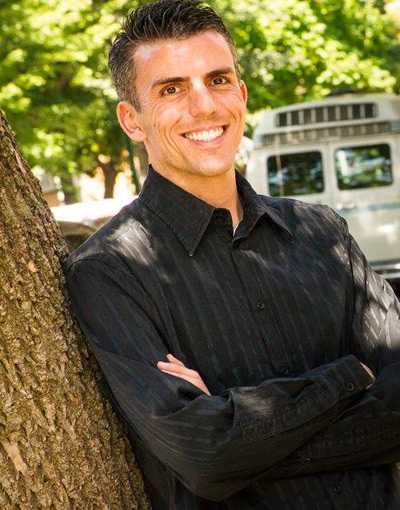
Ken’s Story
Ken was born with a critical congenital heart defect that required surgery while he was still a baby. Read below as he shares his perspective of being an active adult living with a congenital heart defect.
My name is Ken, and I was born in 1981 with congenital heart disease (CHD). I had my first (and, so far, only) open heart surgery at the age of eight months to correct a defect known as tetralogy of Fallot. Like many people with CHD, I thought that the surgery had fixed me, and I was lost to cardiology care as an adolescent. I am incredibly fortunate in that I have enjoyed a healthy and active life that is somewhat unusual for people with CHD. I have always loved cycling; and in 2005, I completed my first endurance ride: 2 days and 180 miles between Illinois and Wisconsin. Since then, I have continued to pursue this passion by participating in multiple endurance rides across the country, including the 7-day, 560-mile AIDS/LifeCycle ride from San Francisco to Los Angeles in 2010.
Following a bicycling accident in August 2011 that resulted in a trip to the emergency room, I was suddenly reminded that I am not completely fixed and that CHD is, in fact, a lifelong condition. A cardiac MRI (magnetic resonance imaging) revealed an enlarged area in the main blood vessel leading from my heart to ,u lungs (main pulmonary artery), and I was able to seek the medical treatment I needed. The journey continues, and I am looking forward to the ride!
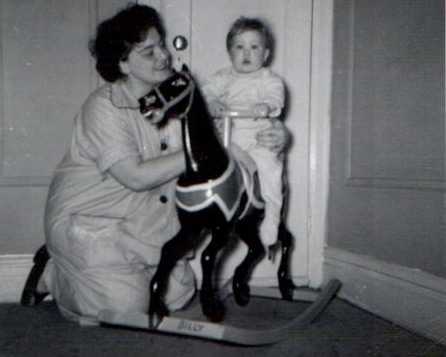
William’s Story
William was born with a critical congenital heart defect (critical CHD), during a time when children born with critical CHDs typically died before their first birthday. William survived, and now as an adult living with a critical CHD, he shares how important continued medical care and ongoing research are for others who live with critical CHDs.
I was born with a heart defect, tetralogy of Fallot, in 1954. My parents were told that I would not survive even a year. At that time, the option of surgery was new and very few doctors were skilled in this type of procedure. In 1966, at the age of eleven, I had corrective surgery. The medical care had advanced and I was very lucky. I was doing well until May of 1969, when we discovered that my heart rate was dangerously low: less than 30 beats per minute. So, on May 21, 1969, I got my first pacemaker. Again, because of new developments in medical care, I was lucky. Advances in pacemaker technology have continually improved my quality of life. Today, I am 58 years old and have an implanted cardiac defibrillator, a small device that helps treat irregular heartbeats.
Due to the advances in medical care, today, children can get the care they need within the first few weeks of life. If I was born today with the same heart defect, the surgery would be done at 4-8 weeks of age. As the medical community learns and moves forward, people with heart defects have and will benefit as a result. Now, we live longer, healthier lives. However, our surgery is not a total cure, and, as we age, we still suffer effects of these conditions. Continued medical care and ongoing research is vitally important to each of our lives.
Thank you for supporting research in congenital heart defects.
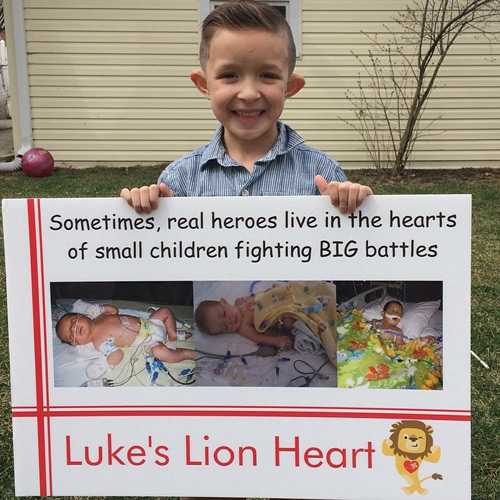
Luke’s Story-Written by his mom, Melanie
Luke’s journey with tetralogy of Fallot reminds us that each child’s journey with a birth defect is unique. His experience has contributed to what we know about heart defects, and will help other heart patients in the future. Read his story below.
In October of 2008, our heart hero, Luke, was born. We were fortunate to know about Luke’s congenital heart defect (CHD)—tetralogy of Fallot—before his birth. At one week old, Luke had a procedure and spent his first 23 days of life in the hospital. At 9 months old, Luke had his first surgery to correct his heart defect. His surgery was on Wednesday and by Saturday afternoon, we were home. We could not believe how amazingly well Luke did.
For nearly 4½ years Luke strived as a “normal” child with regular visits to the cardiologist every 6-12 months. Suddenly, one day when Luke was five years old, he was admitted to the hospital with stomach flu. Doctors determined that many of his organs had completely shut down due to severe dehydration. The medical staff immediately started re-hydrating him. Luke showed signs of improvement the next day and looked like he was on the road to recovery. The staff monitored him regularly over the next couple of days to check how well his heart was working, but they didn’t find any problems.
Then, on the third day, Luke’s good health took a turn for the worse. Just as they had done the day before, the medical staff performed some tests, but this time, his chest x-ray showed his lungs filled with fluid. When they did a special test called an echocardiogram (echo), which is an ultrasound picture of the heart, the technician, by chance, started looking at the outside of Luke’s heart first. Usually, an echo is performed by focusing on the inner workings of the heart. But, on this particular day, when the tech happened to check the outside of Luke’s heart, the doctor saw a spot that had never been seen on any of the previous tests, including Luke’s earlier echoes after his heart repair.
This chance finding led to more tests that showed his left pulmonary artery, the blood vessel that takes blood away from the heart to the left lung, had completely closed and was not supplying his left lung with blood. The doctors were astonished, especially considering all of Luke’s heart repairs took place on his right side!
This chance finding was the missing piece to the puzzle. Suddenly, everything made sense. When the team was hydrating Luke, they were giving him enough fluid thinking that both pulmonary arteries were working and sending fluid to both lungs. In actuality, all the fluid was going to one lung instead of two. Because the fluid in his body had nowhere to go, Luke almost lost his life. This chance finding saved his life.
Since then, Luke’s body has been running on one lung and will continue to do so. His heart doctor says that is 100% okay. The part that gives us the most chills was when his cardiologist told us, “I always knew Luke was a special boy, but this diagnosis happened on accident. He showed us something that we have never seen before with the heart. We didn’t know a working artery would close itself off to protect the body. Now that we know this we can look for it, and your son, without a doubt, will save many lives. “
Since this day, Luke’s case has been in many research studies to help other heart patients. We share Luke’s journey in hopes of helping other CHD families and spreading much needed CHD awareness!
- Page last reviewed: November 18, 2015
- Page last updated: November 18, 2015
- Content source:


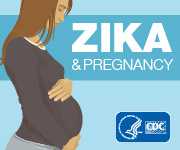
 ShareCompartir
ShareCompartir